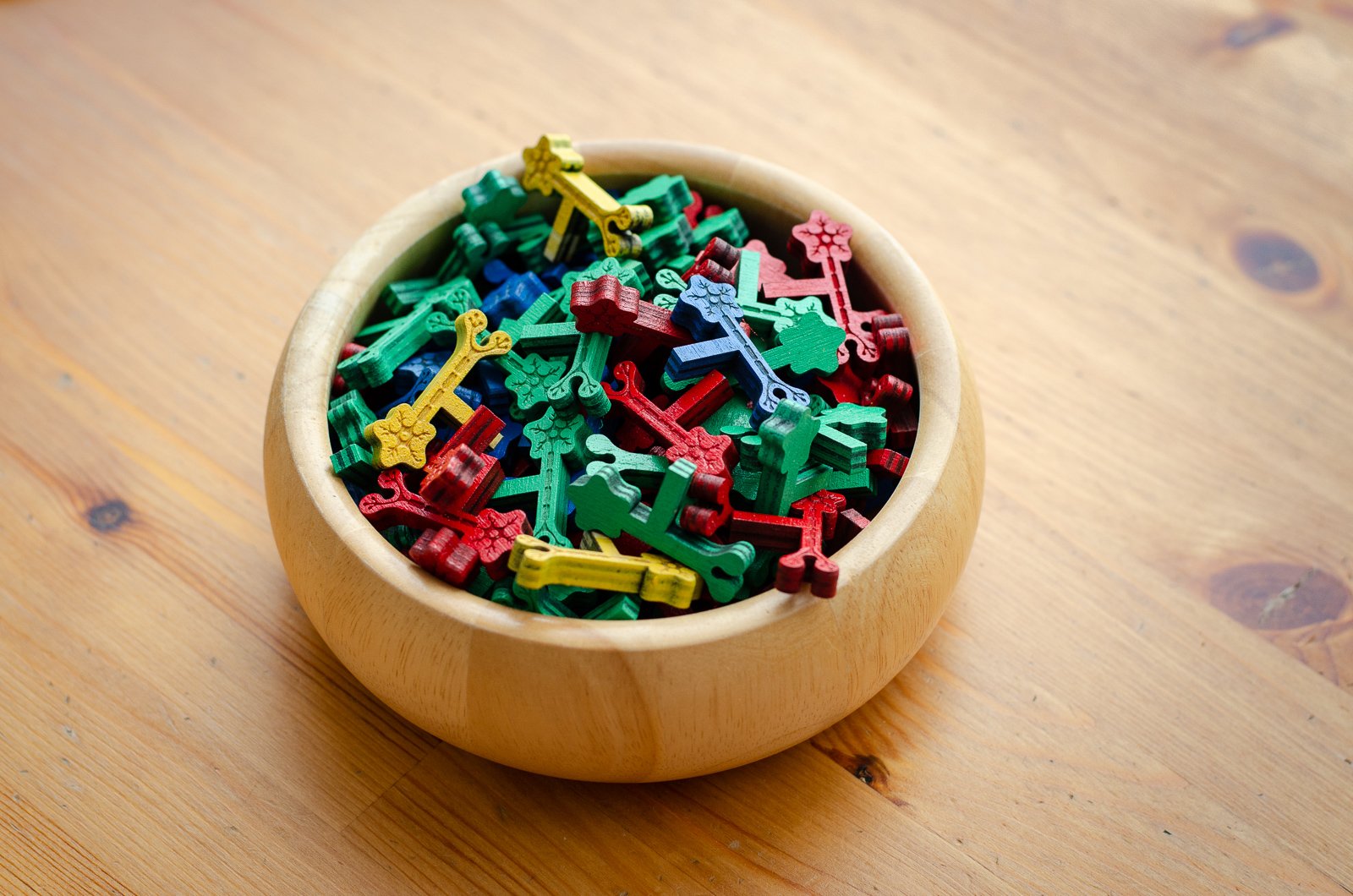
Game design, Brand development, Industrial Design, Graphic Design, and Illustration
2023
A Linguistic Adventure
Neurotropolis
In the brain, language is processed in a variety of areas that send information between each other, forming complex and interconnected networks that adapt based on experience. Neurotropolis is a board game that aims to demonstrate the brain’s neuroplasticity and the diversity of neural pathways that linguistic information can take, while encouraging human connection. The board is made from layers of plywood, drawing a visual analogy between the topographies of city landscapes and actual maps of the brain. The piece aims to educate, inspire, and connect people in a playful way.
Created in collaboration with neuroscience PhD student, Claire Honda
RESEARCH & GAME DEVELOPMENT
From Claire’s neuroscience research, we identified some main ideas, including the brain’s impressive plasticity, the many possible ways of processing linguistic information, and the universality of language. Based on this, we decided that our primary aim is to promote an understanding of the diversity of neural pathways that linguistic information can take as it goes from sensory receptors all the way to higher-level conceptual processing in the brain. As a secondary goal, we aimed to encourage empathy, connection, and inclusivity by demonstrating that there are many interesting and valid ways of processing information—no two brains have the same pathways, and yet we are united in our ability to communicate with each other through language and to understand the same concepts.
We aimed for the gameplay be reminiscent of games that people might know from their childhood, through which we can draw analogies with the brain: Snakes and Ladders (taking different paths towards a common goal; using different brain areas to arrive at the same goal of processing language), TransAmerica (connecting different areas on a map; neural pathways as a geographical map), and Cranium (completing challenges that test different abilities; the brain’s flexibility and versatility).
BOARD DESIGN
The board is designed based on flat brain maps, which neuroscientists use to model the folds of the brain in 2D space. The destinations are actual brain areas that have been placed on the map according to where they are anatomically located. Each location’s name and icon have been chosen to reflect one of its main roles in language processing.
NEURON PLAYING PIECES
The playing pieces are were designed as stylized neurons, intended to be lined up on the brain map and mimic neural pathways.
PLAYING CARDS
BRAND IDENTITY
Logotype Title
Submark Logo
Colour palette












